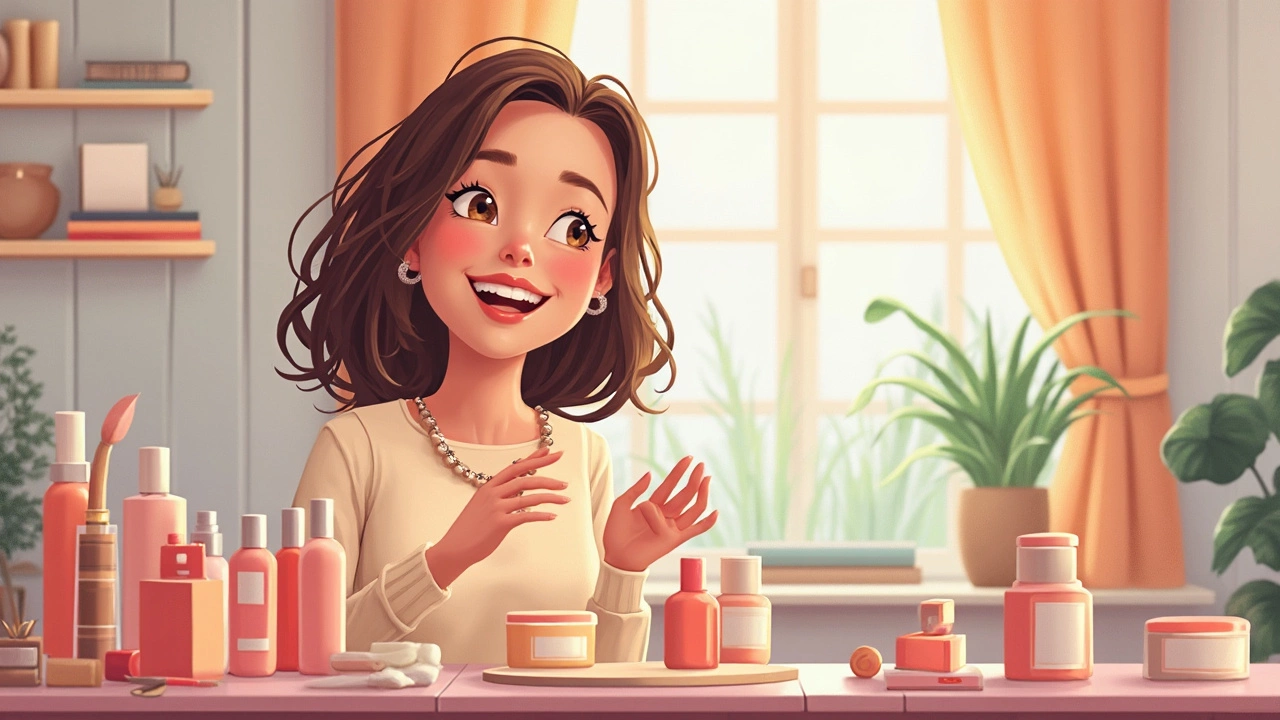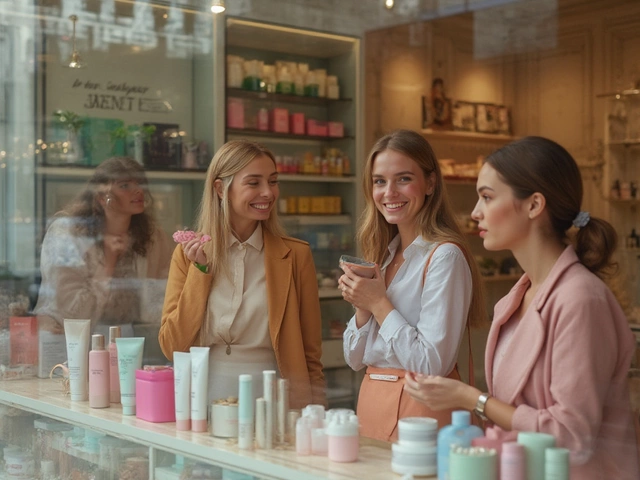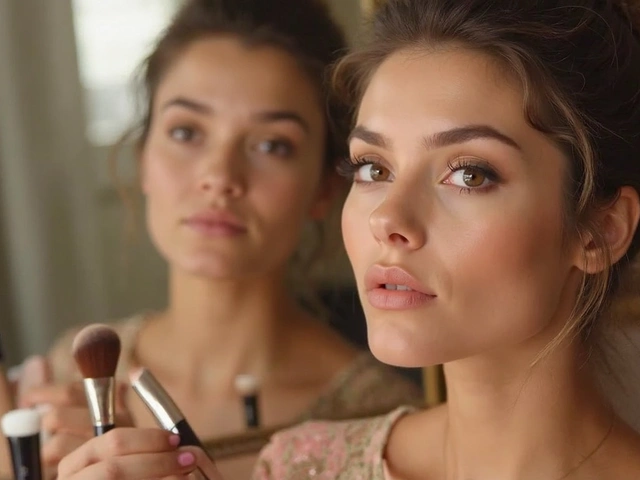Open your bathroom drawer. Think about what you reach for every morning—maybe a tube of lipstick, some face cream, or that trusty deodorant. All these are considered cosmetics, but most people only picture bold lipstick shades or sparkly eyeshadow palettes.
Here’s the thing: anything you put on your body or face to clean, change how you look, or even smell nice is a cosmetic. Lipstick? Obvious. Moisturizer? Yep, that’s one too. Even your fave face wash can be counted. It doesn’t matter whether it’s glamorous red lipstick or fragrance-free lotion. If it’s for making you look or feel a little more fresh, it probably falls into the cosmetic category. That means the next time you swipe on lip balm for dry lips, you’re using a cosmetic.
- What Counts as a Cosmetic—The Basic Definition
- Lipstick: The Classic Cosmetic Example
- Beyond Makeup—Skin Care as Cosmetics
- Tips to Use Cosmetics Safely and Effectively
- Fun Facts: Cosmetics You Didn’t Know Were Cosmetics
What Counts as a Cosmetic—The Basic Definition
So what exactly fits the bill when we talk about a cosmetic example? According to the FDA, a cosmetic is anything intended to be rubbed, poured, sprinkled, or sprayed on, introduced into, or applied to the human body to clean, beautify, boost attractiveness, or even change the appearance. That’s a long list—think makeup, lotion, perfume, hair gel, and even your everyday deodorant.
Here’s a quick rundown of what’s typically considered a cosmetic, straight from the experts:
- Makeup (foundation, mascara, blush, eyeshadow, lipstick)
- Skincare products (moisturizers, face masks, cleansers)
- Fragrances (perfume, body sprays, aftershave)
- Personal care (deodorant, shaving creams, bath salts)
- Hair products (shampoo, conditioner, hair gel, mousse)
What doesn’t count? Medicines and treatment products like acne cream or sunscreen with an SPF—they’re usually classified as drugs or drug-cosmetic hybrids because they physically affect the body’s function or structure. It can get pretty technical, but most of the time, if a product is mostly about making you look or feel better (without changing how your body works), it’s a straight-up cosmetic.
It’s easy to see how wide this category is, and the numbers really back that up. Check this out:
| Product Type | Number of Items Sold Globally (2024) |
|---|---|
| Makeup | Over 6 billion units |
| Skincare | 5.3 billion units |
| Fragrance | 2.1 billion units |
| Hair care | 4.8 billion units |
With all these choices in stores, you’re probably already using several types every single day.
Lipstick: The Classic Cosmetic Example
If you ask someone to name a cosmetic, almost everyone will say lipstick. It’s the OG product in beauty routines around the world. The idea isn’t new—ancient Mesopotamian women used crushed gemstones to color their lips, while Cleopatra was said to mix beetles and ants for that perfect pop of red.
Today, it’s a little less dramatic, but lipstick is still one of the best-selling cosmetic products everywhere. The global lipstick market crossed $11 billion in 2024. People don’t just buy it for special occasions; surveys show nearly 80% of women own at least one lipstick, and a lot of them wear it several times a week.
"Lipstick isn’t just about color; it’s confidence in a tube. That’s why it’s a staple in bags across the globe." — Lisa Eldridge, celebrity makeup artist
But why is lipstick so popular? It’s easy to use and can totally switch up your look in seconds. Whether you need a boost before a meeting or want your selfies to pop, a quick swipe can do the trick. Plus, formulas come in all kinds—creamy, matte, gloss, and even tinted balms for those low-key days.
Let’s break down some numbers on lipstick types and popularity:
| Type | Percent of Users |
|---|---|
| Matte | 38% |
| Cream | 25% |
| Gloss | 20% |
| Balm | 14% |
| Other | 3% |
Pro tip: If you want your lipstick to last all day, start with a bit of lip balm, line your lips, and layer on your lipstick with a brush. Blot with tissue and add a second coat for extra staying power. Easy, but super effective.
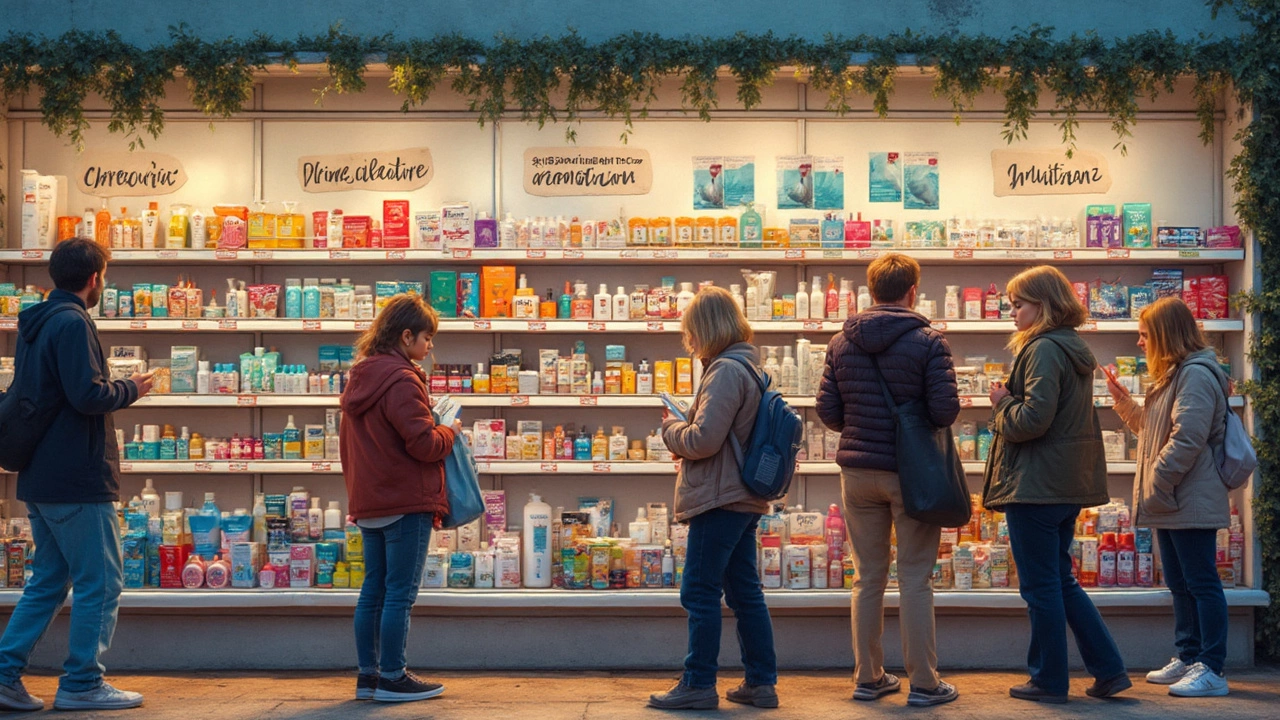
Beyond Makeup—Skin Care as Cosmetics
When people hear the word "cosmetic," makeup jumps to mind. But here's the real scoop: skin care is a huge part of what actually counts as a cosmetic product. If you pop open your bathroom cabinet, those bottles of face wash, lotion, and sunscreen aren’t just extras—they’re right up there next to your mascara as official cosmetics by definition.
According to the FDA, skin care items are called cosmetics if their main job is to clean, beautify, promote attractiveness, or alter appearance without affecting how your body functions. That means things like your gentle cleanser, body lotion, or day cream are technically as much cosmetics as an eyelash curler. So, those fancy serums everyone raves about online? Cosmetics. Your basic unscented moisturizer? Also a cosmetic.
Wondering which skin care products fit in this group? Here’s a quick list you probably know:
- Moisturizers
- Facial cleansers
- Toners
- Face masks that don’t claim to treat acne
- Makeup removers
- Body lotions and creams
- Exfoliators (that don’t promise medical results)
But not every product on your shelf is just a cosmetic. Some lotions or creams are classed as drugs if they’re meant to treat skin conditions like eczema or psoriasis. It all comes down to what the product promises to do.
Fun fact: the skin care industry is massive. In 2024 alone, Americans spent an eye-watering $24.5 billion on facial skin care products!
| Product Type | Approx. U.S. Spending (2024) |
|---|---|
| Facial Creams & Lotions | $11.2 billion |
| Cleansers | $5.4 billion |
| Masks & Exfoliators | $3.6 billion |
| Other Skin Care | $4.3 billion |
If you want to get the most out of your skin care cosmetics, check the ingredients—simple is usually better, especially if you have sensitive skin. Look for what fits your actual needs, skip the hype, and always patch test new stuff before slathering it all over your face. Honestly, your bathroom counter’s home to more cosmetic products than you probably realized.
Tips to Use Cosmetics Safely and Effectively
Using cosmetics should make you feel confident, not worried about breakouts or rashes. Here’s how you can get the most out of your products without risking your skin’s health—or your wallet.
- cosmetic example: Always do a patch test, even if you’ve used a similar product before. Dab a tiny amount on your inner arm and wait 24 hours. If nothing happens, it’s pretty safe to use.
- Read the ingredients list. If you see alcohol or fragrance high up and you have sensitive skin, think twice. Those are top triggers for irritation, especially with makeup and lotions.
- Check product expiration dates. Old mascara and eyeliner are some of the worst for growing bacteria. Most mascaras need tossing every 3 months after opening, even if there’s some left.
- Wash your hands and your makeup brushes regularly. Brushes collect oil and bacteria, which can cause blemishes and even eye infections. Dermatologists recommend washing them at least once a week.
- Don’t share makeup, especially eye or lip products. Passing germs can lead to infections like pink eye or cold sores—it’s just not worth it for a swipe of someone else’s gloss.
| Cosmetic Product | Recommended Shelf Life After Opening |
|---|---|
| Lipstick | 1 year |
| Mascara | 3 months |
| Liquid Foundation | 6-12 months |
| Face Cream | 6-12 months |
Another tip that often gets ignored—don’t use more than you need. Slathering on thick layers won’t give better results and can actually clog pores or cause build-up. Less is usually more, especially with foundation or moisturizer.
Finally, if your skin starts reacting—itching, burning, or turning red—stop using the product immediately. Sometimes, even familiar things cause issues, especially if your skin changes with the seasons or stress. When in doubt, check with a dermatologist before trying something new.
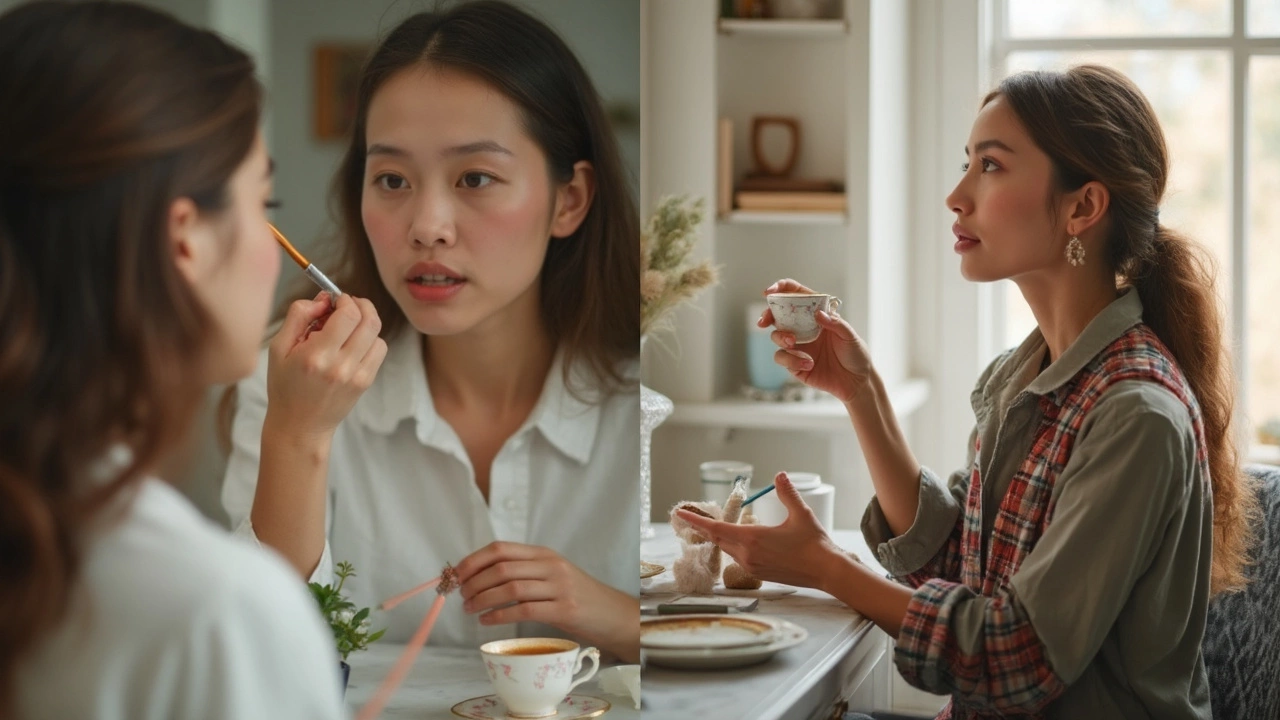
Fun Facts: Cosmetics You Didn’t Know Were Cosmetics
Bet you didn’t realize that more things in your bathroom count as cosmetics than just blush or mascara. Tons of products flying under the radar are actually called cosmetics by law—even ones that don’t add a pop of color or shimmer. Here’s a rundown of a few you’ve probably never thought about:
- Deodorant: As long as it’s just masking odor and not blocking sweat (that’s an antiperspirant, and it’s technically a drug), your stick of deodorant is a cosmetic example.
- Toothpaste: Sounds weird, but your minty toothpaste is counted as a cosmetic since it cleans and polishes your teeth. However, toothpaste with fluoride is also a drug because it fights cavities.
- Sunscreen lotions: If it claims to protect, it’s a drug. If it just makes your skin shiny or bronzed, it’s a cosmetic. Self-tanners land in cosmetic territory unless they include sunscreen ingredients.
- Perfume or body sprays: Anything just for scent—totally a cosmetic. That fresh morning spritz? You’re using a cosmetic.
- Nail polish remover: Not just about color, but the stuff you use to take that color off? Yep, still a cosmetic.
Take a look at this quick table—these common items are all considered cosmetics, even if nobody calls them that at the makeup counter:
| Product | Why It’s a Cosmetic |
|---|---|
| Shampoo | Washes and improves appearance of hair |
| Mouthwash (alcohol-free) | Freshens breath and cleans mouth |
| Shaving Cream | Helps with shaving, softens skin |
| Makeup Brushes | Intended use with cosmetic products |
| Bubble Bath | Enhances scent and appearance during a bath |
Basically, the cosmetic world is bigger than you think. You interact with these products way more than you probably realize, even if you’re not into makeup. So next time you open a new body spray, know you’re still hanging out in the cosmetic aisle—even if you’re nowhere near the lipstick display.
